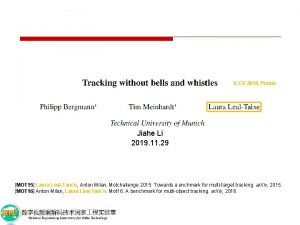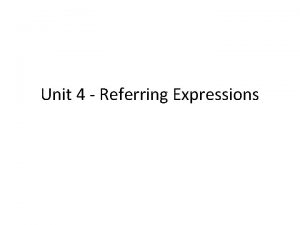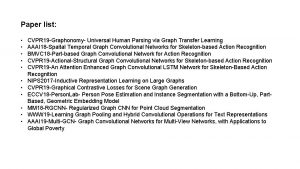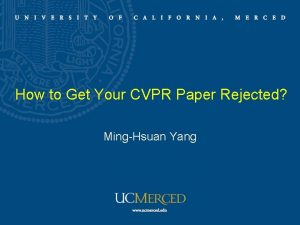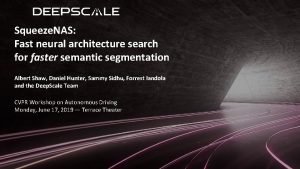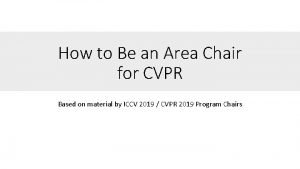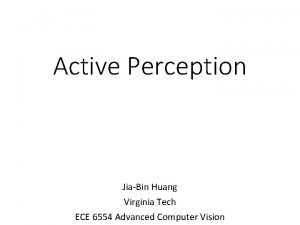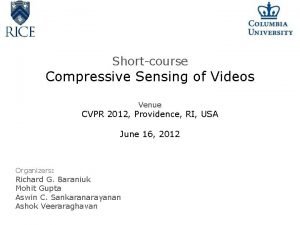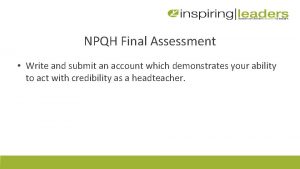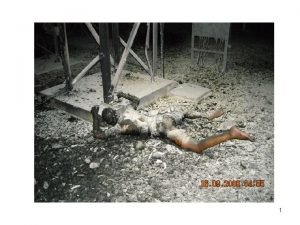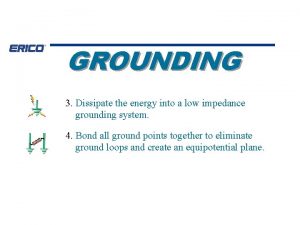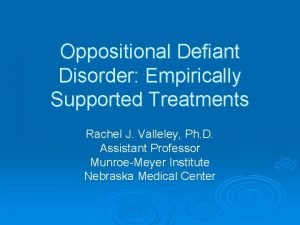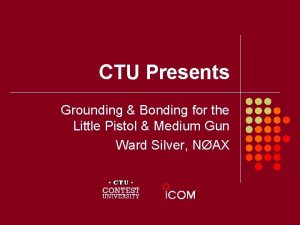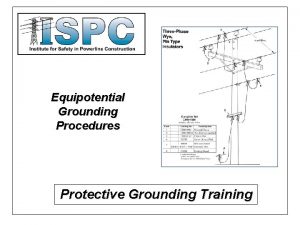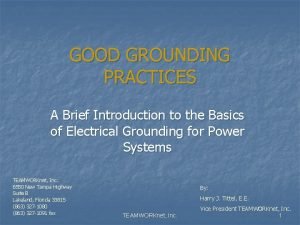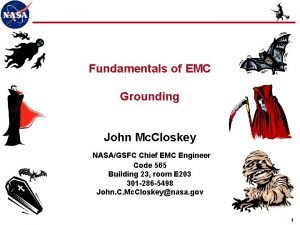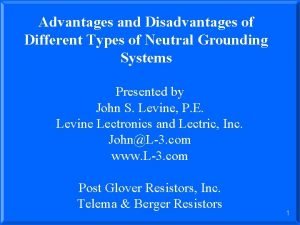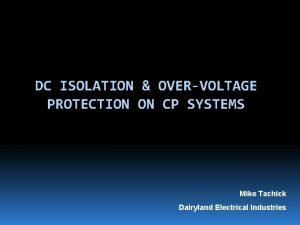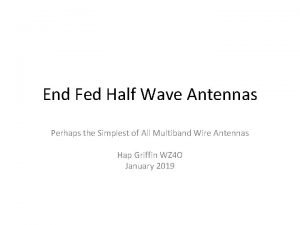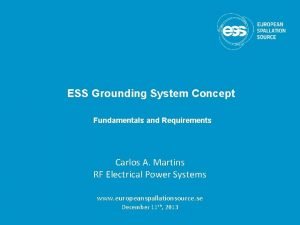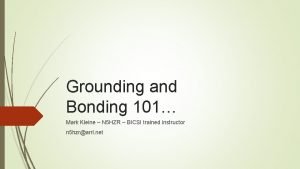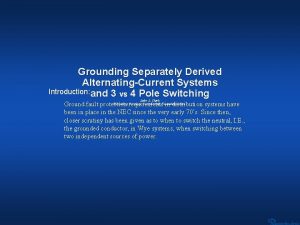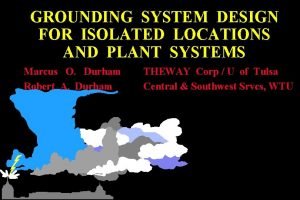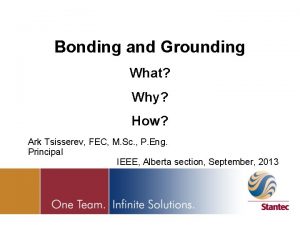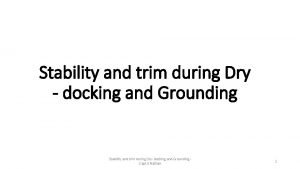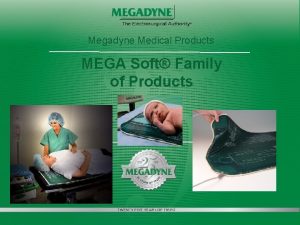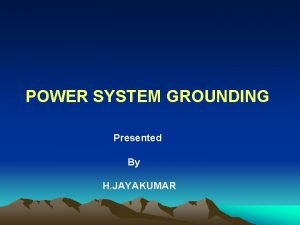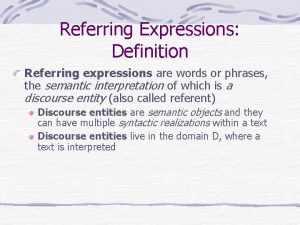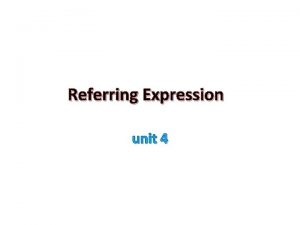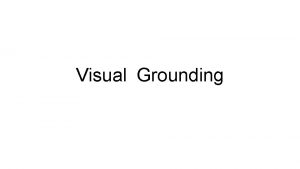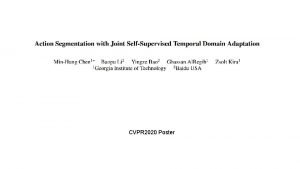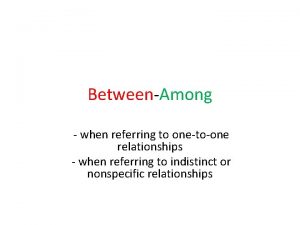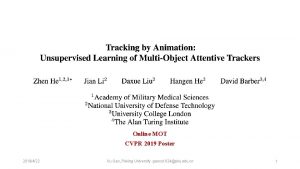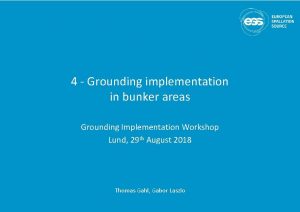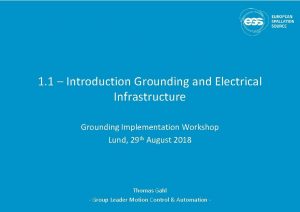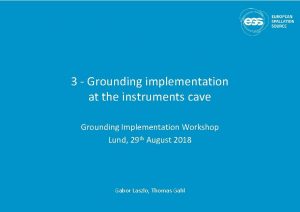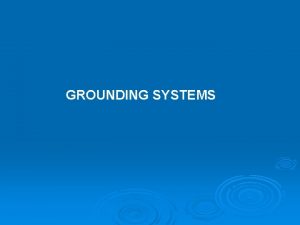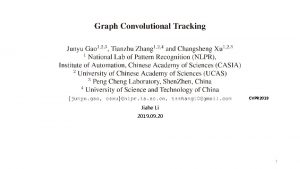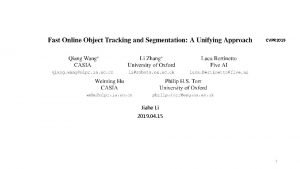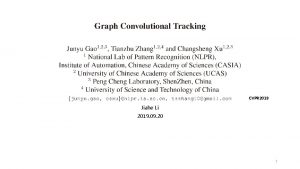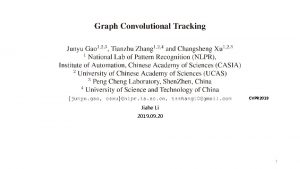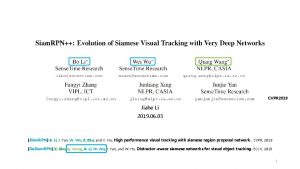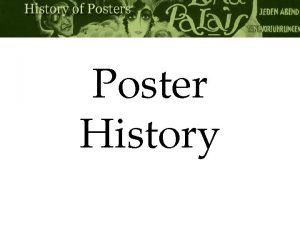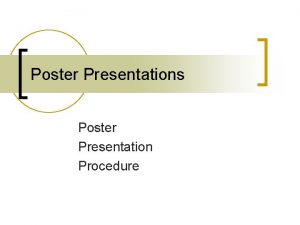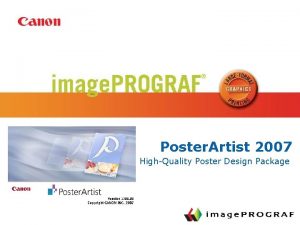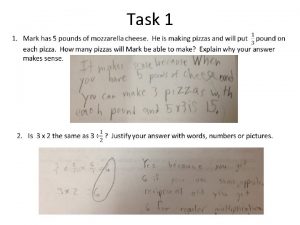CVPR 2019 Poster Task Grounding referring expressions is

































- Slides: 33

CVPR 2019 Poster

Task Grounding referring expressions is typically formulated as a task that identifies a proposal referring to the expressions from a set of proposals in an image. Summarize visual features of single objects CNN global visual contexts pairwise visual differences object pair context global language contexts LSTM language features of the decomposed phrases

Problem • existing work on global language context modeling and global visual context modeling introduces noisy information and makes it hard to match these two types of contexts • pairwise visual differences computed in existing work can only represent instance-level visual differences among objects of the same category. • existing work on context modeling for object pairs only considers first-order relationships but not multiorder relationships. • multi-order relationships are actually structured information, and the context encoders adopted by existing work on grounding referring expressions are simply incapable of modeling them.

Pipeline

Spatial Relation Graph

Language Context word type word refer to vertex language context

Language-Guided Visual Relation Graph vertex edge

Language-Vision Feature Semantic Context Modeling Loss Function



ICCV 2019

Problem • almost all the existing approaches for referring expression comprehension do not introduce reasoning or only support single-step reasoning • the models trained with those approaches have poor interpretability

Pipeline

Language-Guided Visual Reasoning Process q: which is the concatenation of the last hidden states of both the forward and backward LSTMs

Static Attention

Dynamic Graph Attention



CVPR 2019 Oral

Motivation • when we feed an unseen image scene into the framework, we usually get a simple and trivial caption about the salient objects such as “there is a dog on the floor”, which is no better than just a list of object detection • once we abstract the scene into symbols, the generation will be almost disentangled from the visual perception

Inductive Bias • everyday practice makes us performs better than machines in high-level reasoning • template / rule-based caption models, is well-known ineffective compared to the encoderdecoder ones, due to the large gap between visual perception and language composition • Scene graph --> bridge the gap between two worlds • we can embed the graph structure into vector representations; the vector representations are expected to transfer the inductive bias from the pure language domain to the visionlanguage domain

Encoder-Decoder Revisited

Auto-Encoding Scene Graphs Dictionary

Overall Model: SGAE-based Encoder-Decoder • object detector + relation detector + attribute classifier • multi-modal graph convolution network • pre-train D cross-entropy loss RL-based loss • two decoders:



ICCV 2019

Motivation • unlike a visual concept in Image. Net which has 650 training images on average, a specific sentence in MS-COCO has only one single image, which is extremely scarce in the conventional view of supervised training • given a sentence pattern in Figure 1 b, your descriptions for the three images in Figure 1 a should be much more constrained • studies in cognitive science show that do us humans not speak an entire sentence word by word from scratch; instead, we compose a pattern first, then fill in the pattern with concepts, and we repeat this process until the whole sentence is finished

Tackling the dataset bias

Relation Module Object Module Attribute Module Function Module

Controller Multi-step Reasoning: repeat the soft fusion and language decoding M times. Linguistic Loss:


 Iccv poster
Iccv poster Referring expressions examples
Referring expressions examples Graphonomy
Graphonomy Iccv rebuttal
Iccv rebuttal Squeezenas
Squeezenas Cvpr borderline
Cvpr borderline Cvpr
Cvpr Cvpr 2012
Cvpr 2012 Cvpr 2012
Cvpr 2012 Tiered task bias task
Tiered task bias task Npqh curriculum-led budget example
Npqh curriculum-led budget example Ground grid design
Ground grid design Grounding
Grounding Job card grounding
Job card grounding Job card grounding
Job card grounding Arrl grounding and bonding
Arrl grounding and bonding Tower grounding system training
Tower grounding system training Equal potential grounding
Equal potential grounding Teamworknet
Teamworknet Nasa std 4003
Nasa std 4003 Post glover hrg
Post glover hrg H1 h2 h3 transformer
H1 h2 h3 transformer Decoupling from utility grounding system
Decoupling from utility grounding system Efhw grounding
Efhw grounding Grounding
Grounding Grounding and bonding level 1 lesson 5
Grounding and bonding level 1 lesson 5 Grounding seeking safety
Grounding seeking safety Separately derived system grounding
Separately derived system grounding Grounding system design
Grounding system design Ark tsisserev
Ark tsisserev The objective of grounding or earthing is
The objective of grounding or earthing is Critical instant in dry docking
Critical instant in dry docking Megadyne mega soft
Megadyne mega soft Pxie-6396
Pxie-6396
